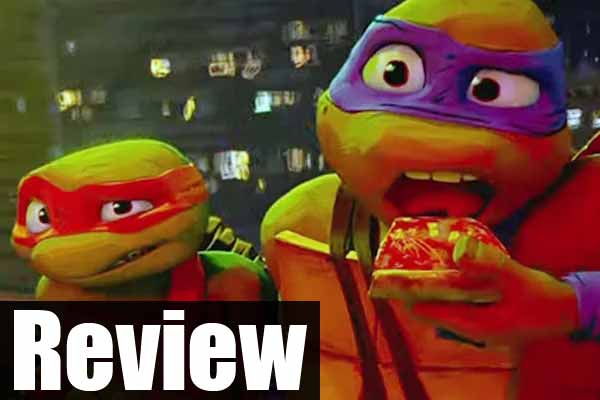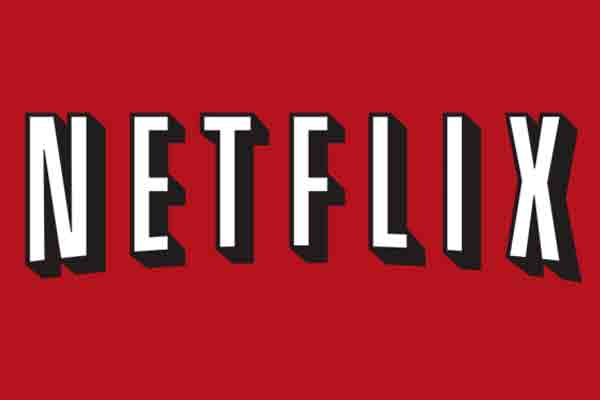Xbox 20th Anniversary Documentary (History of Xbox)
November 27, 2021 at 7:45pm
By Jason Stettner
In celebration of the Xbox 20th Anniversary I took the time to compile a documentary to fable the years of the platform’s existence. From before the platform existed, right up to today. While it doesn’t necessarily capture every single moment, I think I got the most important ones done whether they were some of the brighter times or perhaps even some of the darker points as well. It should be fairly comprehensive, at least in my opinion.
For context, this is best enjoyed as a video which can be viewed right below. I’ve also included the historic information in a written format if you’d like to consume the experience in that way. Just keep in mind that the overall documentary does include over one hundred and twenty games with bits of information whereas the historic based text does not.
I’d like to quickly thank our writer Joelle Rondeau for providing some details voice wise on The Elder Scrolls franchise and also our channel pal Kevin for chatting about some of his favorites. This was largely my effort though over a couple of months in the background of working on other projects. I do hope you, it is also split into chapters for easier viewing if that is desired. With that, here’s my Xbox 20th Anniversary Documentary.
Prologue
Twenty years is a very long time, no matter how you really look at it. Whether you’ve been around for that amount or longer, or if you’re not even close to reaching that point. A lot happens in two decades. Technology changes, people change and the years continue to count. It’s a neat point in time to think about, as it really is just a launching point in many situations.
With that, I’m here to fable the journey of Xbox from pre-launch to where it is today. As part of a celebration of twenty years, looking at the achievements in both a literal sense that you might unlock to some of the ones that mark the biggest moments in the platform’s existence. A look at twenty years of Xbox gaming, from the very games themselves to the history behind those very experiences.
The technical points, the hardware and the magic that glues it altogether. They key figures that made these experiences happen, and the ones that are here today continuing that legacy into the future. I hope you enjoy this tour, and dive into the time that has been twenty years of the Xbox. Here is my Xbox 20 year documentary.
Pre-Xbox Era
If you’re going to really dive into the history of something, you have to start from before it even really existed. That’s the case with most things involving technology, they take years to develop. To come from concept, to design and eventually into reality that we physically interact with. Consider this the pre-Xbox era. The origins of the Xbox come about after the announcement of the Playstation 2.
The console from Sony, one that continues to be a key opponent to this day, was something that was directly seen as a threat to the PC. This perspective was headed by Bill Gates, worried that the Playstation 2 console could threaten the PC’s domination. Steve Ballmer noted “We needed to penetrate the living room” in context to that situation. Hence forth, a project began work in 1998 under the special codename, Midway. There were four key engineers that headed this project, from the Microsoft DirectX team.
This included the likes of Kevin Machus, Seamus Blackley (considered the father of the Xbox), Ted Hase and leader Otto Berkes. Combined, the team began to envision what this console might end up looking like and what it might be. There was a point, like with many projects that the console needed a name. It’s essential branding basically. Your product needs something that sticks, and becomes definitive.
There is of course Sony’s Playstation or Nintendo and their self focused naming. The Xbox name we know today was derived from a number of inspirations. This included Direct X Box or the Windows Entertainment Project/Platform. The term “Xbox” had the highest preference in tests that were conducted and eventually that was the name that stuck.
The final name is derived from a contraction of DirectX Box in case you were curious, referring to Microsoft’s graphics API DirectX. Really neat to go from that sort of term, to end up on the name Xbox. With that, the name has continued to lead the brand today, being something that is recognized by millions of gamers across the world.

The Announcement
You can’t release a product without some sort of fancy announcement, and that’s exactly what was set in motion as the development of the product continued to be underway. The system was officially announced by none other than Bill Gates at a keynote presentation during GDC on March 10, 2000. He presented a prototype of the system, which in itself has become a fairly iconic thing being a ridiculously large “X”.
What’s neat though, is that the console itself was actually first mentioned publically prior to the event with an interview getting the scoop in late 1999. The official public facing reveal of the console was during CES 2001. At the time gaming was still heavily integrated into the Consumer Electronics Show until E3 eventually became a mainstream enough event for the gaming publishers and developers to fully flock over to.
With that, many might know the moment at CES 2001 being a show that included The Rock as a special guest. Right alongside Bill Gates, the two showcased the Xbox to the world. The date of this presentation being January 3, 2001. A time frame that continues to be used by CES today, always early January.
This key announcement was followed by another event later in the year during E3 2001 which was in May. That showcase revealed the might of the games on the console which included the likes of Halo: Combat Evolved and Dead or Alive 3. Speaking of Halo, Bungie’s acquisition was in June 2000. A pivotal moment in launching the platform, with Halo being a flagship franchise for the studio even today.
Random Development Facts
For a fun, almost random but fascinating sort of fact let’s talk about the Dreamcast. With the Dreamcast failing SEGA had held discussions with Xbox about possible Dreamcast game compatibility with the Xbox. This would have allowed the system to live on, and for the players that bought into the console to have a new home to play their discs on. Negotiations did eventually fall apart, due to a desire to have SegaNet integrated with the Xbox.
A shame this never happened, might have been enjoying Dreamcast backwards compatibility today, that would have been very interesting. There was also some special attempted acquisitions that were made prior to the Xbox coming about. The first, according to Bob Mcbreen (head of business development at the time) was to try and buy EA (Electronic Arts), they said no.
The next was Nintendo, and apparently the Microsoft representatives were laughed out of the room. Speaking of Nintendo, there was a time where a joint type of venture was looked at in January 2000. They gave Nintendo the specs of the original Xbox console and the pitch went like this. “Listen, you’re much better at the game portions of it with Mario and all that stuff. Why don’t you let us take care of the hardware?”.
But it didn’t work out, according to Bcbreen. Furthermore, there was a letter of intent for Square in November 1999 with Square’s banker noting that the price was too low. This continued even further with Midway, but Microsoft couldn’t figure out how to make that work due to a lack of value. These specific acquisition attempts were detailed in a Bloomberg interview, with that being the source for the acquisition information detailed in this segment.
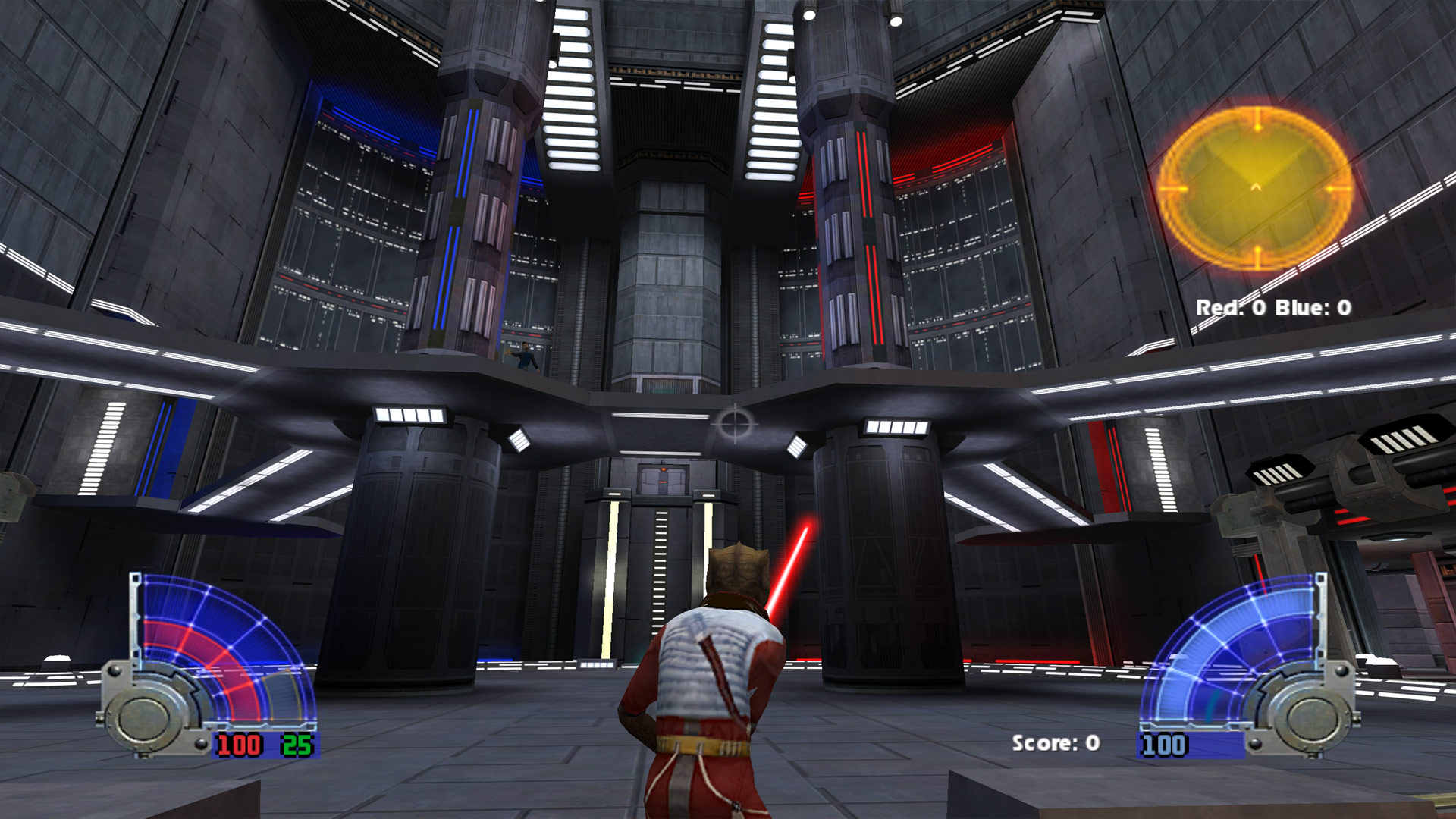
Xbox Release
After all the hard work and development on the console was complete, it was time for Microsoft to release their entry into the gaming market. The date of release within the North American market was November 15, 2001. The console ended up selling 1.5 million units before the end of that year.
It eventually ended up reaching twenty-four million units sold by the end of its lifespan. Sixteen million of those units were sold in North America alone. By the end of its run it had outsold both the Nintendo GameCube and the SEGA Dreamcast. With that, it actually also had the highest attach rate in the industry within its generation.
The console had four games sold for every system that was purchased, with 1.2 games more than even Playstation 2 owners had purchased. While that might sound impressive considering it was a fresh console within the gaming industry, it actually ended up losing Microsoft a total of four billion dollars due to the cost of production.
For another neat fact, it was the first console to ever feature a built-in hard drive. Imagine trying to have a console without storage like that today. As with most consoles there were a number of unique additions, with myself having owned to this day the Xbox Crystal version. When it came to key game moments, Halo Combat Evolved was the fastest game to reach one million games sold at the time.
When Halo 2 rolled around it ended up being the best selling game of the Original Xbox hitting a total of 8.46 million units as of November 2008. If you look past the games and dive into the software end of things there were numerous achievements attached to the console, shockingly at a time prior to the platform featuring Xbox Achievements.
There were also a number of innovations on the platform when it came to the services that were provided. Xbox Live was of course the biggest aspect of what did make the Xbox truly unique, a service that continues to be used today and what was a template for what online gaming could be in the console space. Xbox Live originally launched in November 2002 and required a subscription to make use of it.
That is basically how it is now, aside from free to play games no longer requiring the paid tier as of 2021. The original Xbox Live had some stand out features which included high quality servers, a friends list to gather others to play with and also the mighty Halo 2. If you don’t recall, Halo 2 was a benchmark for competitive gaming on console and a general juggernaut of a title for its time.
Xbox Live continued to grow hitting over 100,000 subscribers in its first week of operation. It hit more than 250,000 subscribers within two months of the service launching. Eventually it went on to hit over one million subscribers by July 2004. That then doubled to over two million subscribers by July 2005, a mere year later. The numbers of course don’t stop there, with it hitting three million subscribers in July 2007 and eventually more than twenty million subscribers by May 2009.
It has obviously continued to grow since this time, but alas the numbers are fun to showcase the rapid growth that the service did enjoy within its opening years of operation. Keep in mind that it’s particularly impressive as it really did kick off an era of higher quality online gaming for console, competitive gaming on console and many of the unique services we enjoy on the service today.
Good things do have to come to an end however, with the original Xbox Live service sadly having ended on April 14, 2010. It did continue to live on a little past that however as some brave Halo 2 members continued playing up a month after it ended. They achieved this by leaving their consoles on and connected to Halo 2. Some poor consoles died in the process, brave souls.
It’s also worth nothing that a special purchase did happen during this era, with that being of Rare on September 24, 2002. A purchase of which brought over a number of franchises to the platform. The likes of which included Perfect Dark; Banjo Kazooie, Killer Instinct and more. While this concludes the original era of the Xbox, things were just heating up for the platform as we begin to move onwards to the might that was the Xbox 360.

Pre-Xbox 360 Era
As with all companies that produce consoles, as soon as one is out the door they begin working on the successor. This came in the form of what was called “Xenon” and then eventually the well received Xbox 360. A console that was something that I particularly loved and owned multiple versions of throughout the years.
While I don’t necessarily have a high quantity of pre-launch details for the Xbox 360, it is neat to mention that they started production only sixty-nine days before it launched. Despite that, they ended up shipping over 1.5 million units by the end of that year.
The first reveal of the new console was on MTV during a special Xbox event on May 12, 2005. Full details on the platform followed during E3 2005. That’s really all there is for the pre-launch elements, the real fun of the Xbox 360 era is when you dive into what happened over its lifespan.
Xbox 360 Release
Speaking of the release, the console launched on November 22, 2005. As mentioned it sold impressively during its opening period and eventually reached a total of over eighty-four million units as of June 9, 2014. The console launched with support for some of the Original Xbox’s library having the ability to play 461 Original Xbox games.
I myself spent too many hours enjoying the thrills of Halo 2 multiplayer on the Xbox 360. When it comes to gaming there were many impressive feats in regards to sales and achievements in general. A number of highs were hit by the console, being a device that many thoroughly enjoyed and have warm memories of.
I should also mention that it was the first time that Xbox Achievements were available, with each full game having support for unlocking up to 1000 Gamerscore. Some varied oddly during this time period Gamerscore wise though, lots of experimenting was done. There is also a certain red ring that should be mentioned, the red ring of death.
A hardware issue featuring red lights on the console, being eventually given the whole red ring of death name. I had a console succumb to this, not a great time though better times were to follow. In its first year, the best selling game on the Xbox 360 was Call of Duty 2 which reached over a million copies sold. Five other games sold over a million copies in the console’s first year as well.
This included the likes of Ghost Recon: Advanced Warfare; The Elder Scrolls IV: Oblivion, Dead or Alive 4, Saints Row and Gears of War. Eventually, Gears of War ended up being the best selling game on the console with a total of three million copies sold by the end of 2006. It was then later surpassed by Halo 3 which sold over eight million copies in 2007 alone. Halo 3 was a bit of a hit one might say.
Gaming in general also went over a bit of a motion controlled phase in which everyone was aiming to jump in on the craze that was largely ignited by the Wii. Xbox’s take on this was Project Natal, a name that had been present for quite a while until it finally took on the moniker of “Kinect”. The Kinect was a device that released on November 4, 2010 in North America.
I bought one right away, having pre-ordered it as I was excited to see what this form of gaming had to offer. The initial release of the Kinect came bundled with Kinect Adventures. What’s interesting about this, is that the game actually ended up being the best selling title on the platform with over twenty-four million sales. That largely had to do with it being bundled with the Kinect which was itself a massive hit. It was the “Fastest selling consumer electronics device” ever according to Guinness World Records.
This was after it sold a total of eight million units within its first sixty days. Over twenty-four million units had been shipped as of January 2012. The number later increased to over thirty-five million sales as of October 25, 2017 making it a massive hit as a peripheral. It featured some unique skeletal mapping technology that was capable of testing four people simultaneously with a feature extraction of forty-eight skeletal points at 30hz.
That might sound random, but it’s actually quite an impressive technological tracking feat, at least for its time. There was another accessory that was available for the Xbox 360 which was a little less successful. That was the Xbox 360 HD DVD player which was present in 2006. The device was part of the side that ended up losing the format war to Blu-Ray and support for the format ended in 2008. I’m somewhat glad I never ended up investing in that, as I was tempted at a time. Getting back on track for some better news for the platform there were some neat innovations on the platform.
This included Xbox Live Indie Games (XBLIG) which allowed for Indie creators to release smaller games for the platform, without the support for Xbox Achievements. There were some neat gems on there, as I imagine many might note their favorites. I’ll quickly note some, such as I Made a Gam3 w1th Zombies in It!, Murders Miners and Avatar Legends.
This was of course just a smaller area in comparison to what was the Xbox Live Arcade. That service launched on November 3, 2004 with a special re-launch that kicked off with the release of the Xbox 360 on November 22, 2005. It was fueled originally by Microsoft Points which later became actual local currency. The Arcade originally had some smaller releases such as Pac-Man or Feeding Frenzy which grew to bigger games such as Battlefield 1943 and then later sort of morphed into just regular releases that we enjoy today within the store.
Xbox SmartGlass was also a thing you might recall from the Xbox 360, it was part of the craze that was using a second screen instead of watching the main screen we had. It was an awkward time as mobile phones were stealing the show, and integrations were being made. It allowed you to have a second viewing experience with a number of games supporting it. It launched as a companion service on October 26, 2012 to coincide with the release of Windows 8 which allowed new connections through extra devices.
Another brief offering to mention were the Xbox Avatars where you could buy clothing and props for a virtual you. It was strangely somewhat of a big deal with games using those avatars, it did sort of fade away over the years. That being said, the Avatars did return later in the Xbox One era, but never quite hit the same level of interest as they original did. Most people probably don’t even recall them existing at this point, and don’t even know about the new versions.
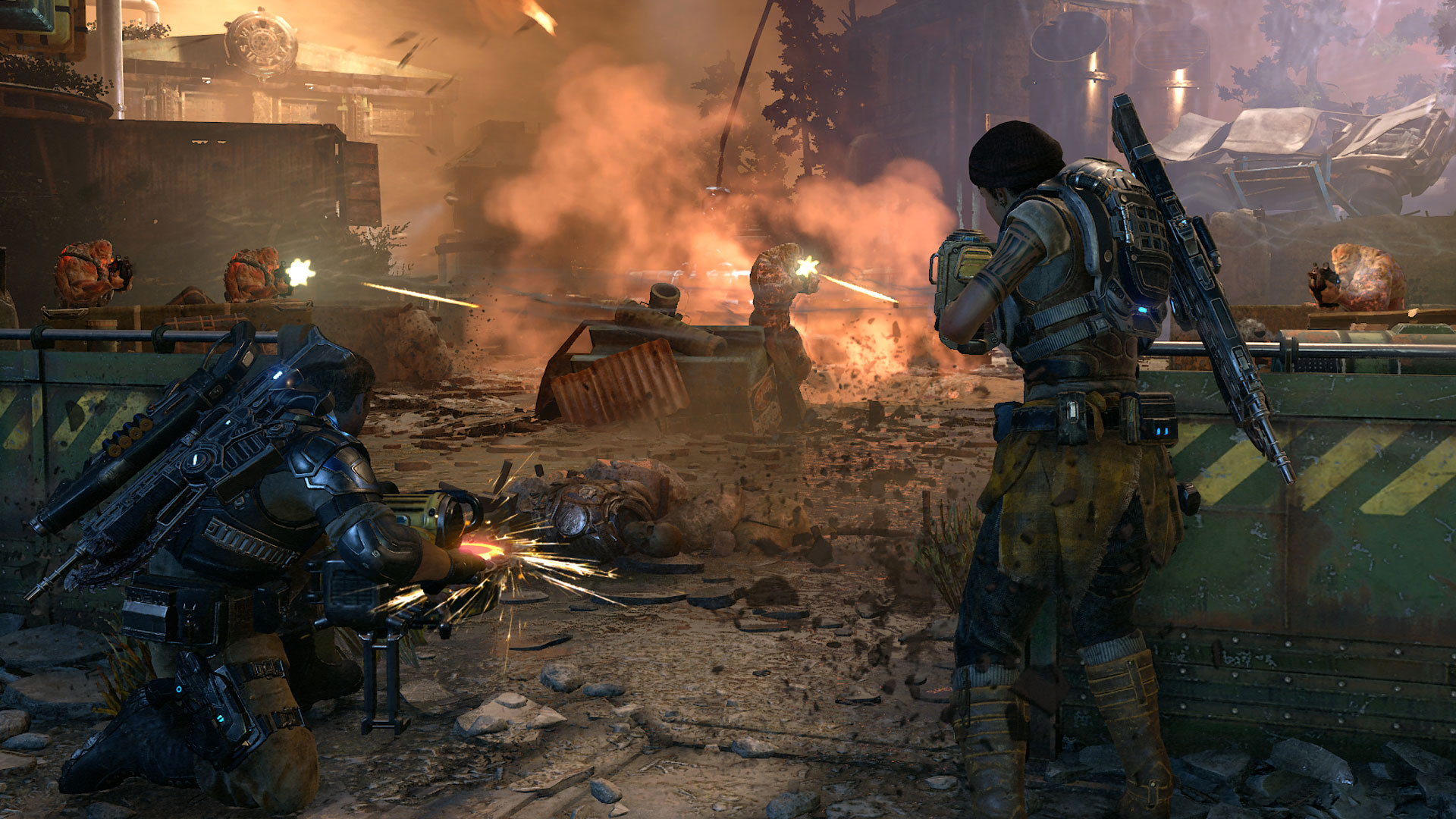
Pre-Xbox One Era
There was a big shift in gaming during the time leading up to what was eventually the Xbox One. There were metrics that led way that gaming consoles were being used more for casual services such as watching movies and shows on say Netflix. This was the market that the all in one, Xbox One was mostly designed for.
Originally codenamed Durango, the console was revealed on May 21, 2013. The original reveal faced an absolute ton of criticism. This ranged from consumer hostility to an onslaught of jokes. The mockery included calling it the XBone, alongside making jokes about TV, Sports, AI Fish and Call of Duty. There were issues that many raised including the use of DRM and privacy. These factors eventually became critical hits against the new Kinect 2.0 that was revealed alongside other elements.
It did have a rather fascinating feature which was a family members program where ten individuals could share games. Another being digital re-sale of games and the use of a disc as granting you a digital license to play a game without the disc after an initial usage. These two components were removed pre-launch in favor of a more traditional model after the backlash against digital only usage.
With digital usage being basically what everyone uses today when gaming. Whatever the case, the response wasn’t great, with E3 that year being a follow-up event to focus on the games for the platform. That event also faced issues with a cost that was $100 more than its competitor that was also releasing at around the same time, the Playstation 4.
It was a rough time ahead of the Xbox One’s launch, filled with doubt and a negative momentum that was carried deep into the lifespan of the console. You can still see lingering effects of this time even today, a generation apart from when it happened.
Xbox One Release
The all in one Xbox One launched on November 22, 2013 in North America. It sold a million consoles within its first twenty-four hours and over two million units in its first eighteen days on sale. It was the first time that a Xbox console received a mid-gen refresh where not only did a more powerful console come into play, but a complete revamp of the base model was also present. This was in the form of the Xbox One S, codenamed Edmonton initially which was revealed at E3 2016 and later released on August 2, 2016.
Then later in the form of the much more powerful Xbox One X, codenamed Scorpio which was revealed at E3 2017 and later released on November 7, 2017. The Xbox One X was also the first console I ever received to review, so it’s a meaningful one to me. The special codename of Scorpio also somewhat stuck with a special limited edition being available that had a Scorpio style to it.
A neat fact that you might never have known, is that the Xbox One X circuit board as a small image of the Master Chief riding a scorpion imprinted upon it. When it comes to peripherals the Kinect 2.0 was a key bundled feature, initially being part of every launch Xbox One console. That was of course until Xbox One was having issues competing with the Playstation 4. In a way of saving cost they de-bundled the Kinect and eventually discontinued it altogether for the platform.
It was no longer Xbox On to turn on the console as the lights were shut out on the motion controlling device. It did however live on somewhat in later projects, such as with Microsoft’s HoloLens devices which shares some of the technology. This generation also saw some upgrades to the controller in terms of slightly more advanced “Elite” controllers.
These gamepads were notorious in regards to their quality, with many often falling apart and or having other mechanical type problems. There was also one more really cool option for controlling the Xbox, that being the Adaptive Controller. It was an option where anyone could game, with many additional options for accessibility. Looking at the legacy of the Xbox brand, a special feature was added with an announcement being on June 15, 2015 during the Xbox E3 event. That was actually my first time attending E3, so I was there when the big announcement was made.
That of course, being the Xbox Backwards Compatibility program. Xbox 360 titles would run at no additional cost, and would have access to the current generational features. Over time this program continued to expand featuring hundreds of games from the Xbox 360 library and then eventually some titles from the Original Xbox library as well. Some of these games even received a special Xbox One X Enhancement upgrade allowing them to look visually better than they ever had before.
In the case of the Xbox 360 library, only a few titles received this upgrade whereas every Original Xbox title that was backwards compatible received the improvement to its visual fidelity. When it came to services there was the move towards being PC oriented through the Xbox Play Anywhere program. Buy it once digitally on Xbox or Windows 10 PC and own it on both platforms. Almost all first party titles embraced this option, allowing players to easily access first party Xbox titles or third party ones as well on both platforms easily.
This actually paved the way for what became Xbox Game Pass, a growing subscription service for either platform that offers quick access to hundreds of games across the two platforms depending on what tier you go for. This is also featured first party games launching day one on the platform, being a new way that Xbox could fuel game development for the platform going forward. The platform also enjoyed some unique streaming through Beam which was acquired on August 8, 2016 being rebranded into Mixer until that was suddenly shut down on July 22, 2020. A low latency streaming service that just couldn’t quite make a mark on the Twitch dominated market.
There were of course some acquisitions that took place during this era. The first of which being Mojang on November 6, 2014 which brought over the biggest game in the world, Minecraft. Past that, we saw a real focus on growth through acquisitions a number of years later. The first of which being a pile of new studios on June 11, 2018. This included the likes of Ninja Theory, Undead Labs, Compulsion Games and Playground Games.
This continued with more on November 10, 2018 which included inXile Entertainment and Obsidian Entertainment. It didn’t end there either as they picked up Double Fine Productions on June 9, 2019. These were clearly a number of additions that really showed that Xbox was ready to compete once again, and there was one more to get to a little bit later. On July 16, 2020 production of the Xbox One X and Xbox One S ceased to prepare for the next generation.
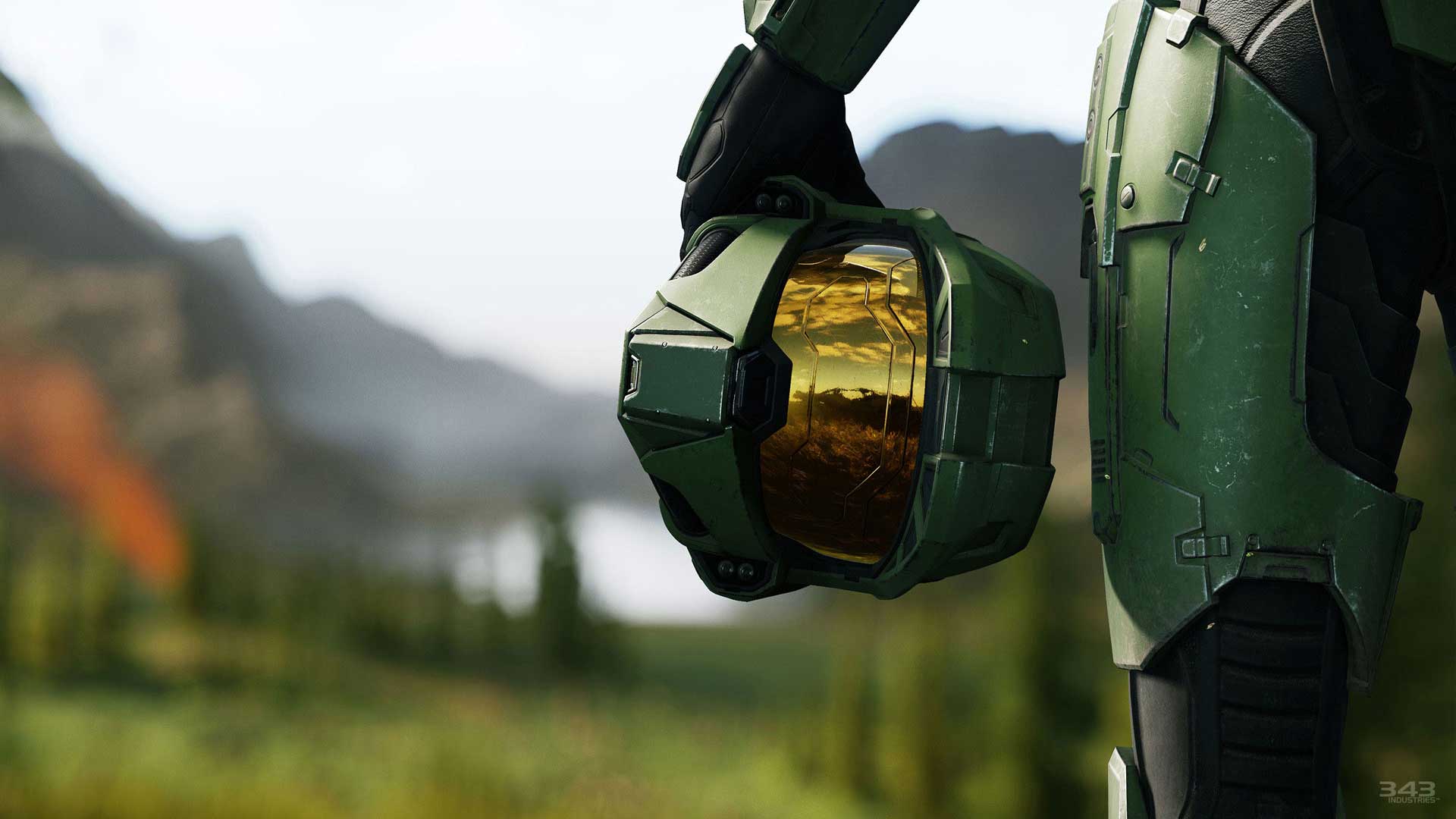
Pre-Xbox Series Era
While rumors were definitely aplenty for the Xbox Series line-up, the first official showcase and tease of the next generation console was during E3 2019 under the title Project Scarlett. The full name and reveal of the actual console was a complete surprise during the Game Awards in December of that year. That showcase presented the Xbox Series X including teases for games on the platform.
This was followed up at a later time with the reveal of the Xbox Series S which was in September 2020 following a leak of the console. Funnily enough, the Series S had been hidden in the background of a previous video that Xbox head Phil Spencer had done during July 2020. Other codenames that swirled around this time included the likes of Anaconda and Lockhart.
I can’t of course shift over to the release of the console, without mentioning a last minute big acquisition. That being of course the purchase of ZeniMax Media on September 21, 2020 which included the powerhouse publisher of Bethesda. That brought the likes of The Elder Scrolls; Fallout, DOOM, Wolfenstein, Quake and ever so much more to the Xbox family.
Xbox Series Release
The next generation line of Xbox consoles released on November 10, 2020 with both the Xbox Series X and Xbox Series S being available. The former was the higher end model whereas the latter was designed to become an easier way to get into the next generation of gaming. I was quite lucky to have reviewed the Xbox Series X, having it ahead of its release which was quite personally a big deal.
As of September 30, 2021 the family of consoles is estimated to have sold over eight million units, selling them as fast as they’re being made available. The story for this generation is of course in active development, but some details can be discussed as of this time.
The consoles were designed with a focus on new storage speed with Xbox Velocity Architecture and had a host of special features. This included the likes of Auto HDR to magically improve past games from its massive library of backwards compatible titles that span all eras of Xbox gaming, except for the Kinect.
Then there was FPS Boosts which aim to improve the fluidity of existing Xbox One titles. Past that was Smart Delivery to easily provide improved and Optimized games for the platform. This was also a time where Xbox Project xCloud turned into Xbox Cloud Gaming, providing a way to experience next gen gaming on mobile devices, web browsers or even last gen gaming consoles.
This service used Xbox Series X blades to achieve high end results. Another shift was with Xbox Live having a name change to the Xbox network. The service of Xbox Live having achieved over sixty-five million users as of July 2019. The history of the platform will of course continue to develop over time, and I hope that perhaps at some point I’ll be able to update this documentary effort as time goes on.
I do hope that you found this to be informative, capturing the key moments, games and services that have made up this incredible twenty year lifespan that the platform has endured. I look forward to the years to come with excitement, and hope as new games dwell on the horizon with a backlog that always seems to grow. Here’s to Xbox 20, and the time beyond. Happy gaming.

Extra Stuff
You can find more cool stuff from the various links below including a review of the console alongside the general hub for all things on the platform. I’ve also included some of the sources that were used, in context to the informational elements. Additional sources for images can be found within the YouTube video’s description as those weren’t used in the written portion of this effort.
Read our Xbox Series X Review
View our Xbox Hub
Source Links
Dreamcast Xbox Info
Bloomberg History of Xbox
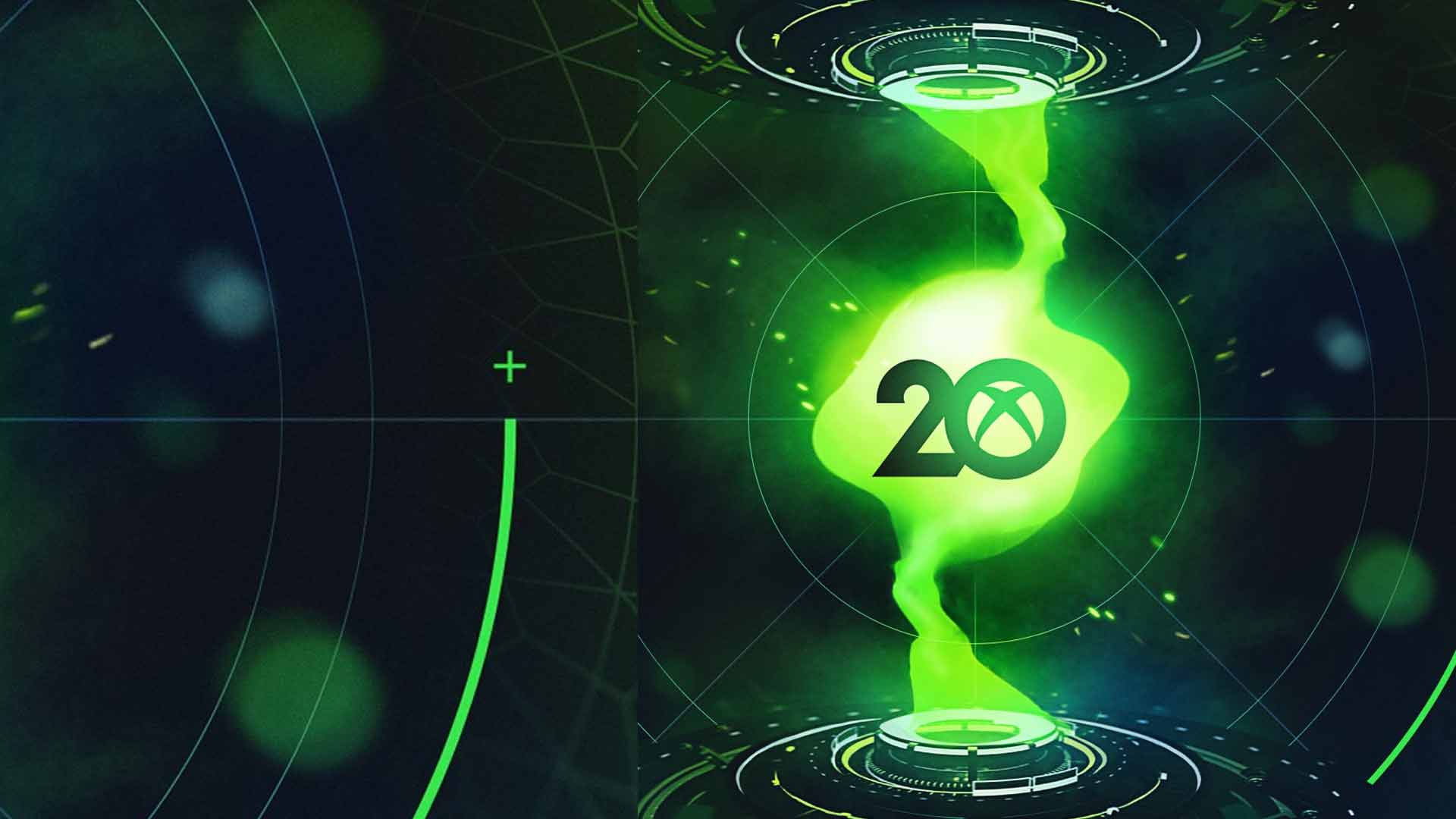

 Xbox
Xbox Playstation
Playstation Nintendo
Nintendo PC
PC Mobile
Mobile




